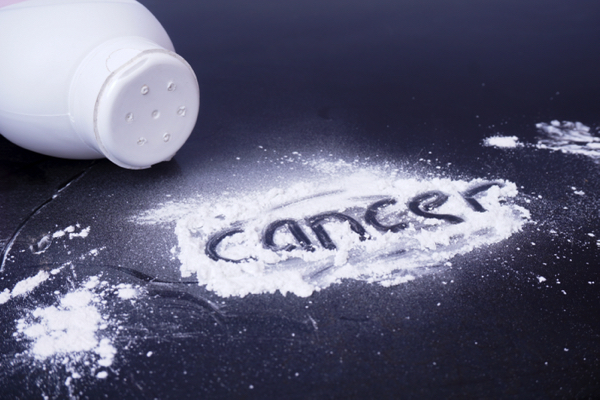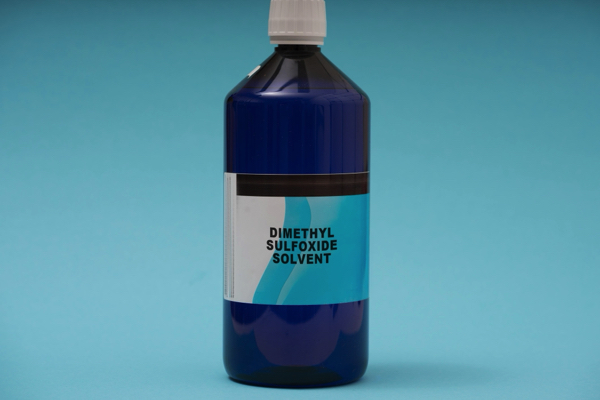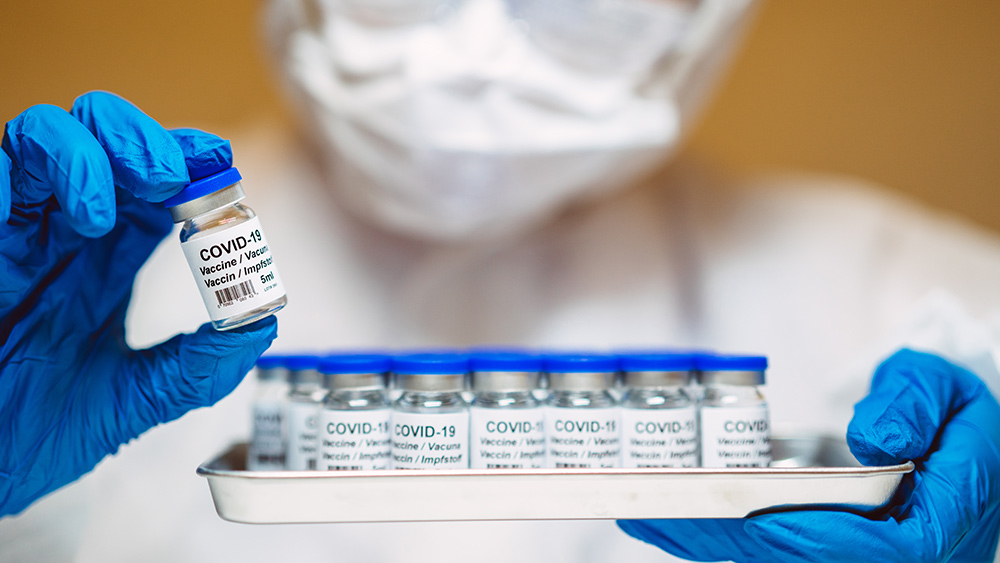 Parler
Parler Gab
Gab
- Methylene blue, originally a textile dye (synthesized in 1876), has evolved into a medical tool – treating methemoglobinemia, serving as a surgical stain and now emerging as a neuroprotective and cognitive-enhancing compound.
- It enhances cellular energy (ATP) production, reduces oxidative stress and improves oxygen consumption, making it a promising solution for neurodegenerative diseases like Alzheimer's (reduces plaques/tangles) and Parkinson's (restores motor function).
- In stroke and traumatic brain injury, methylene blue restores blood flow, reduces tissue damage and combats inflammation. Preclinical studies show it shrinks dead tissue post-injury and synergizes with therapeutic hypothermia.
- Methylene blue acts as a nootropic, boosting memory and mitochondrial efficiency in healthy brains. It also alleviates chronic pain (e.g., spinal disc injections reduced pain by 90 percent in one study), offering a non-opioid alternative.
- While generally safe at therapeutic doses, high doses of methylene blue may impact blood pressure or heart function. It's contraindicated in G6PD deficiency and with SSRIs. Its low cost and versatility make it a compelling candidate for repurposing.
How a century-old dye is revolutionizing brain health
Beyond neurodegeneration, methylene blue exhibits nootropic properties – enhancing memory and cognitive function. Research indicates that it improves mitochondrial efficiency in healthy brains, potentially staving off age-related cognitive decline. Human studies have noted modest improvements in short-term memory tasks, linked to increased cerebrovascular reactivity and mitochondrial activity. This raises intriguing possibilities for MB as a safe, accessible cognitive enhancer, particularly for aging populations. Methylene blue's benefits extend to pain management, where its mitochondrial-boosting effects alleviate conditions like chronic low back pain, arthritis and migraines. A striking 2010 study found that injecting methylene blue into painful spinal discs reduced pain scores by over 90 percent, highlighting its potential as a non-opioid alternative for chronic pain. Despite its promise, methylene blue is not without limitations. High doses can affect blood pressure and cardiac function, and it poses risks for individuals with glucose-6-phosphate dehydrogenase deficiency or those taking SSRIs. However, its well-established safety profile at therapeutic doses makes it a compelling candidate for repurposing. As research continues, methylene blue stands out as a versatile, low-cost therapeutic with the potential to address some of medicine's most challenging conditions. From protecting neurons in Alzheimer's and Parkinson's, to enhancing recovery after stroke and traumatic brain injury, its multifaceted mechanisms offer hope for patients and clinicians alike. Visit Brain.news for more similar stories. Watch this video explaining why methylene blue is a brain-boosting powerhouse. This video is from the Sun Fruit Dan channel on Brighteon.com.More related stories:
From textile dye to potential wonder drug: "The Ultimate Guide to Methylene Blue" by Mark Sloan. Unlocking methylene blue: A century-old compound steps into the cancer spotlight. Methylene blue: An emerging contender in the battle against cancer. Sources include: Link.Springer.com Brighteon.comTexas leaps ahead with landmark food labeling bill: A battle for health or industry overreach?
By Willow Tohi // Share
“Healing Revolution” on BrightU: The forbidden cancer cures and the healing power of red light
By Jacob Thomas // Share
Study confirms what grandma knew: Fresh yogurt reigns supreme
By News Editors // Share
Amandha Dawn Vollmer sheds light on DMSO: A powerful chemical with vast medicinal potential
By Kevin Hughes // Share
Governments continue to obscure COVID-19 vaccine data amid rising concerns over excess deaths
By patricklewis // Share
Tech giant Microsoft backs EXTINCTION with its support of carbon capture programs
By ramontomeydw // Share
Germany to resume arms exports to Israel despite repeated ceasefire violations
By isabelle // Share










